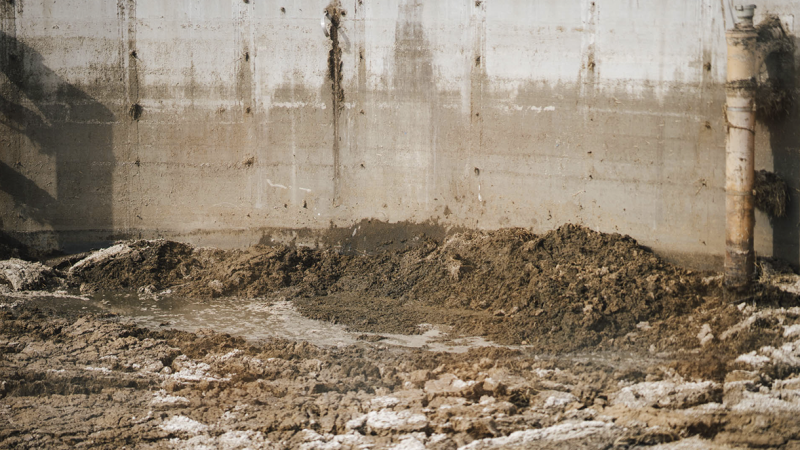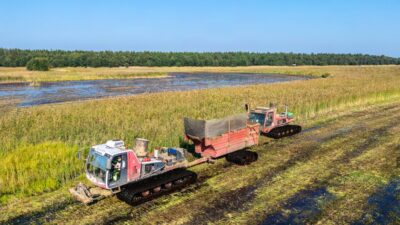Manure Recycling Project
The objective of the Manure Recycling project is to improve the regional nutrient balance of food production, and reduce nutrient discharges to the Baltic Sea. The project will move nutrients in processed manure – phosphorus in particular – from livestock production areas with a nutrient surplus to plant production areas with a nutrient deficit. The project will also create information and operational models for improving the nutrient balance of livestock production.

Processed manure is transported to plant production areas where there is demand for phosphorus fertilizer and added organic carbon. Photo: Tara Jaakkola
Lisätietoja:

Surplus manure created in livestock production is a challenge for many meat-producing farms. Transporting slurry to fields is cost-efficient only when distances are fairly short. This is why the volumes of fertilizer that is spread on fields in areas with a lot of animal farming exceed the needs of the plants, especially when it comes to phosphorus. This, in turn, leads to phosphorus levels in the fields going up, hand in hand with increasing nutrient discharges to the waterways.

If manure is processed in a way that increases its phosphorus content but reduces its total mass, its spreading area can be expanded to cover fields that are further away and low on phosphorus.
In the Manure Recycling project the John Nurminen Foundation will work together with pig and plant farms that are also interested in developing such operations further. The animal farms joining the project are of the type where more manure phosphorus is generated than what is needed by the plants in nearby fields. Processed manure will be transferred to the fields of the participating plant farms where there is demand for phosphorus fertilizer and added organic carbon. Activities are based on agreements between the John Nurminen Foundation and the participating farms.
The Manure Recycling project will target, in particular, the manure-producing farms in the animal-farming hubs of Southwest and Western Finland; these are also key for the nutrient discharges of the Archipelago Sea and the Bothnian Sea. The plant farms that receive the manure are located in areas with a nutrient deficit. In order to minimize nutrient runoff, manure spreading will be done in the spring.
The goal is both to create local environmental benefits by improving the status of waterways and soil, and to reduce the nutrient loads that end up in the Baltic Sea. Another objective of the project is to create information and operational models for improving the nutrient balance of livestock production throughout Finland.
In 2023, the project moved a total of 2200 m3 of processed phosphorus-rich dry manure from three pig farms to 10 plant farms. The quantity contained approximately 5,600 kg of phosphorus.
The Satakunta Manure Recycling Pilot 2020
In 2020, a manure recycling pilot was implemented in the Satakunta region in cooperation with the Foundation’s partners HKScan Agrofood Ecosystem®, the company’s pork contract manufacturer Emomylly Oy, and Raisio. 510 tonnes of separated pig manure were transferred from Huittinen to a grain farm in Sastamala. With the solid manure fraction, the crop farm received valuable phosphorus and organic matter for their fields. At the same time, nutrient runoff to the Baltic Sea was reduced.


